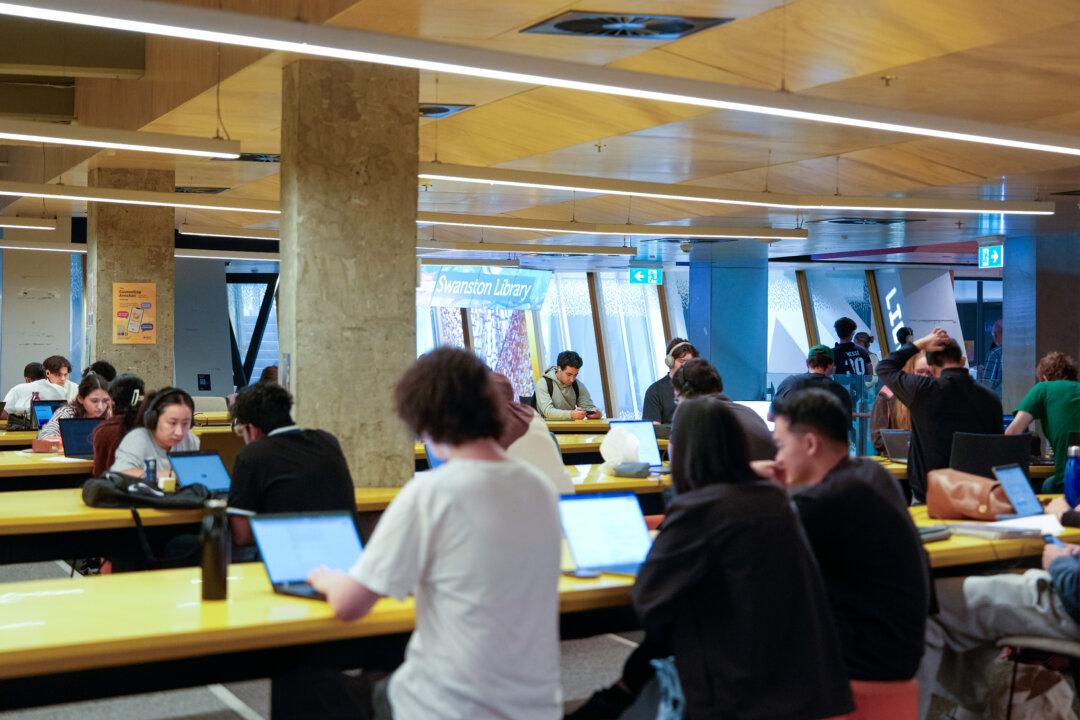The jobs market is too strong, and the unemployment rate too low for the Reserve Bank to stamp down inflation.
RBA deputy governor Michele Bullock says an unemployment rate of around 4.5 percent is roughly the lowest possible level that’s consistent with the RBA’s two-to-three per cent inflation target.





